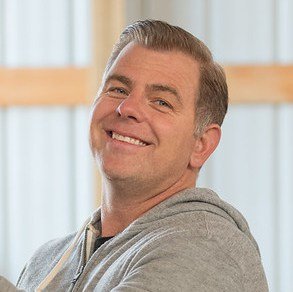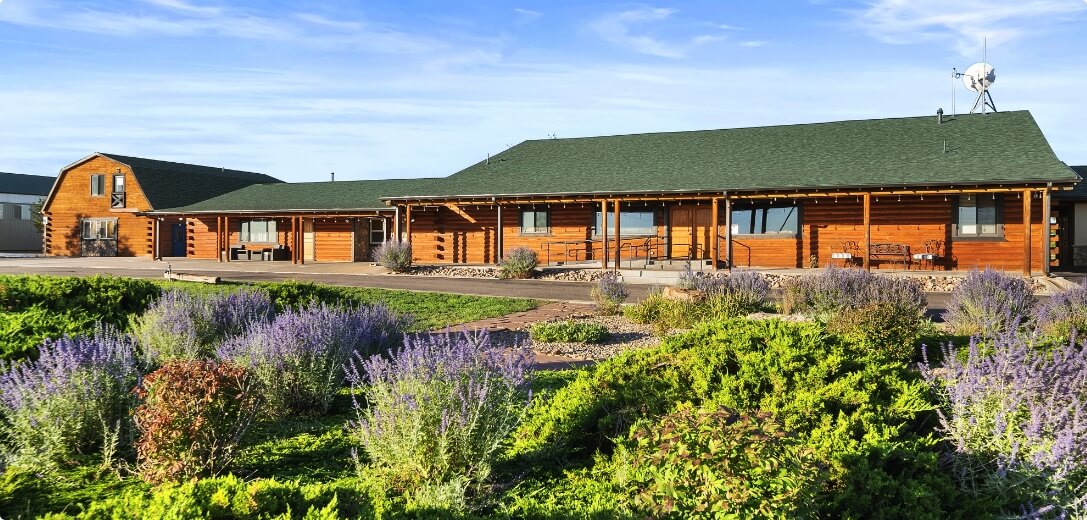
“Illusions commend themselves to us because they save us pain and allow us to enjoy pleasure instead. We must therefore accept it without complaint when they sometimes collide with a bit of reality against which they are dashed to pieces,” – Sigmund Freud
How My Adoption Contributed to My Struggle with Addiction
I had spent my whole life believing two things: First, that the gift of adoption is so great that anything less than unconditionally honoring it would be a great misfortune. And second, that the little bit of love I thought I had would disappear.
As a young boy, I knew I had been adopted. My biological mother suffered from substance abuse and gave me to the Department of Social Services at 12 months old. I was then in foster care for one and a half years before being adopted at two and half years old by a married couple who owned a restaurant near Denver, Colorado. About one or two years later, my adoptive parents fostered and adopted a young girl, adding to our family.
I remember family vacations to Disney Land, Disney World and Yellowstone National Park. I also recall old VHS tapes of my birthday parties and Christmas mornings. Old pictures and videos of my family and I portray a sense of happiness and family fun. But, if I look close enough, I can spot the disconnection, fear of attachment, fear of disappointment, lack of control and fantasy for something else.
For me, the dichotomy of being gifted with adopted parents, after being given up by my natural parents, created conflict, confusion and uncertainty. I experienced great difficulty in forming healthy connections without the anticipation of being abandoned, rejected or disappointed again.
As a result, I developed a coping mechanism to try to sedate my constant discomfort and longing: alcohol and drug addiction.
Filling the Void with Drugs and Alcohol
By age 15, I was committed to the role of a drug user – and I couldn’t have been happier about it. For me, drugs and alcohol offered an escape from the constant discomfort I experienced as a child, a sense of belonging and an identity that was exciting, risky and offered the illusion of control.
My desire to get high was a priority and all other relationships suffered. My relationships with peers revolved around drug use. Any healthy relationships I may have had soon disappeared, as my values changed to support my substance use habits.
For so many years, I thought the pay-offs of my substance use outweighed the drawbacks. The illusion was that substance use was filling a void. The reality, however, was that I still had all the pain and discomfort from childhood, plus additional pain and shame from adolescence and early adulthood. My addiction was just masking those feelings, not fixing them.
Getting Addiction Treatment
It took me 14 attempts at addiction rehab before I realized that being a drug addict wasn’t the life I wanted to live. During my 14th treatment intervention, I connected with a spiritual counselor staff member. She was the first person in my life who gave me permission to release my emotions… to cry and get angry.
It was here that I finally experienced what it was like to feel comfortable in my own skin; to feel that I was deserving of a different kind of life – something I had struggled believing before. Instead of numbing these feelings with drugs and alcohol, I now had healthy coping skills and a support network I could rely on for help.
Managing my cravings during previous rehab attempts was always difficult. But, this program emphasized the importance of exercise and offered nutritional support to help restore the vitamin deficiencies caused by my substance use and lifestyle. While the cravings didn’t magically disappear, they felt manageable.
The decrease in physical withdrawal symptoms allowed me to experience other emotions and thoughts. This allowed me to see that I not only had the power to stop using drugs, but that I wanted to.
The Founding of The Raleigh House
Over the course of my treatment, I started to think about what it would be like to build my own addiction rehab center. If you’d asked me back then, I couldn’t have told you what my program would ultimately look like. But, thanks to my own struggle with addiction, I knew the values I wanted to represent and the things I wanted to do differently.
Gradually, much like my recovery, I began to build what would become The Raleigh House.
Like many upstart businesses, money was tight in the beginning. But, I made the most of what I had and purchased the essentials, like beds and an old TV. While not glamorous, it was enough to get me started.
I also realized that for this to be successful, I would need more than material objects. I’d need to surround myself with talented people who not only understood addiction and recovery, but who had the formal training I lacked. Perhaps most importantly, I needed people who shared my passion for helping others and my commitment to client satisfaction.
As I continued to fill The Raleigh House with all the necessary items an inpatient addiction rehab center needs, I also made sure to fill it with the right people. This included Master’s-level clinicians, nutritionists, nurses and medical and psychiatric professionals. Eventually, The Raleigh House grew to include a dedicated team consisting of more than 60 professionals. I credit these people with everything – from helping me learn how to run a high-end rehab center to ensuring client satisfaction every step of the way.
Today, The Raleigh House is a full continuum of care addiction treatment facility with licenses for multiple levels of care, including our Continuing Care Treatment program to support long-term recovery and prevent relapse after initial treatment. We have a new, state-of-the-art wellness lodge called The Ranch, nestled on 40 acres of Colorado land, for detox and residential treatment. We then have intensive outpatient, outpatient and sober living services in Arvado, CO to help people transition back to everyday life without substance abuse.
We take an evidence-based approach to rehab with medication-assisted treatment and individual and group therapy, but our program includes so much more. Just like the rehab program that helped me get sober, The Raleigh House includes holistic treatment modalities. Exercise, nutrition, equine therapy, art therapy and many other therapies all work together to help you achieve and maintain recovery.
What Success Looks Like for Me Now
The Raleigh House has helped more than 1,000 people in the last 10 years and I couldn’t be prouder of the work we’ve done. For me, success with The Raleigh House is about maintaining and improving the client experience as we continue to grow. This is how we continue to help people effectively recover from addiction and remain sober.
As for me, I’m still continuing to write my own story and be the very best version of myself that I can be. That means accepting myself for who I am and being comfortable in my own skin; believing that the support network and positive relationships I’ve built will live on and that I am deserving of love and attention; to pursue my entrepreneurial passions and give back to the community; to thrive.
Heal from Addiction and Rewrite Your Story at The Raleigh House
The Raleigh House can renew your sense of hope and get you back on a path towards recovery and a sober, fulfilling life. Fill out our form or contact us today to get in touch with one of our friendly team members to learn how you can get started.

